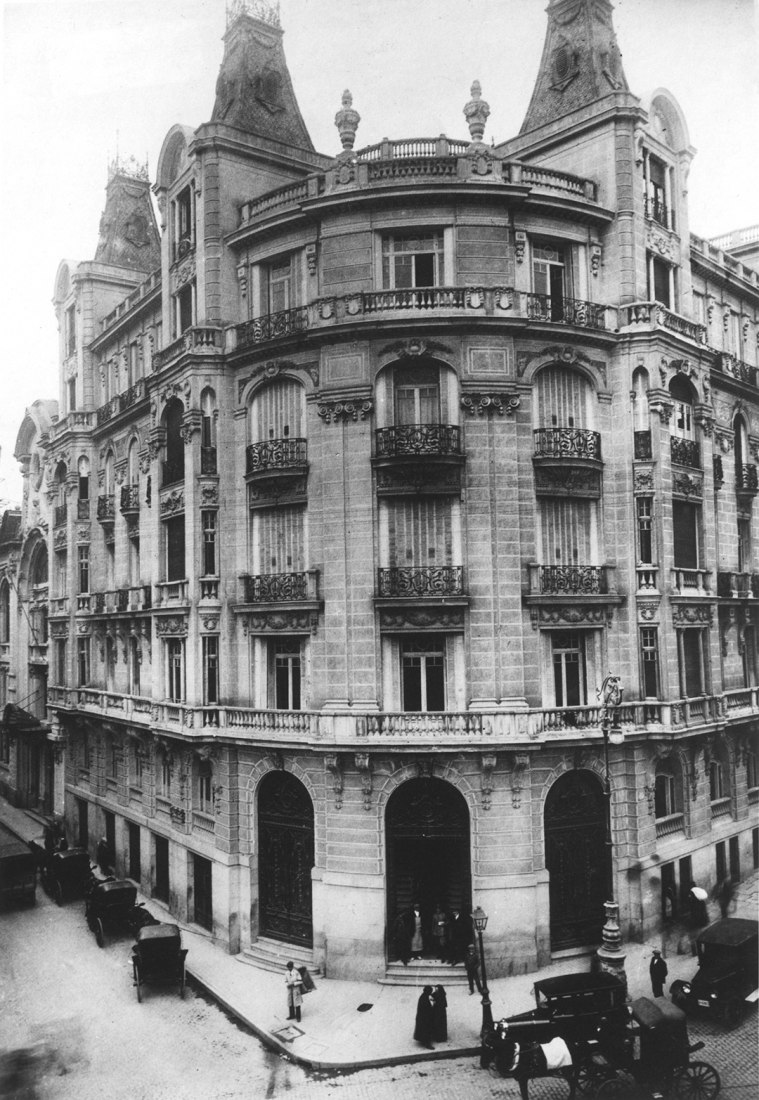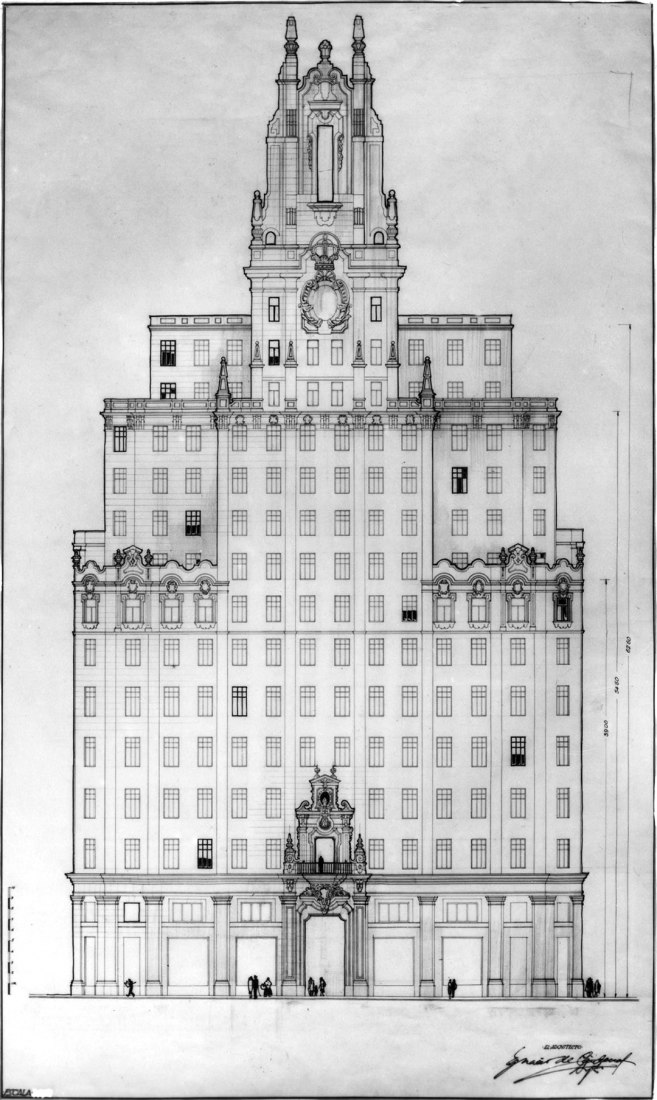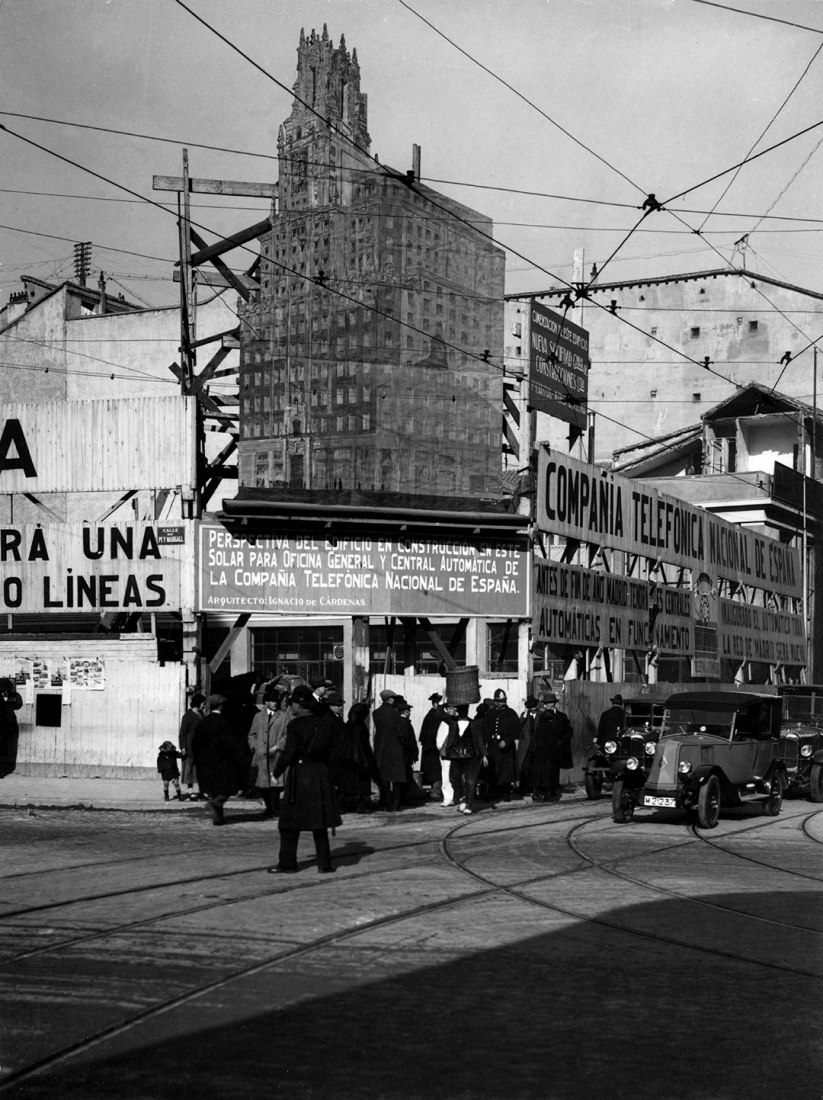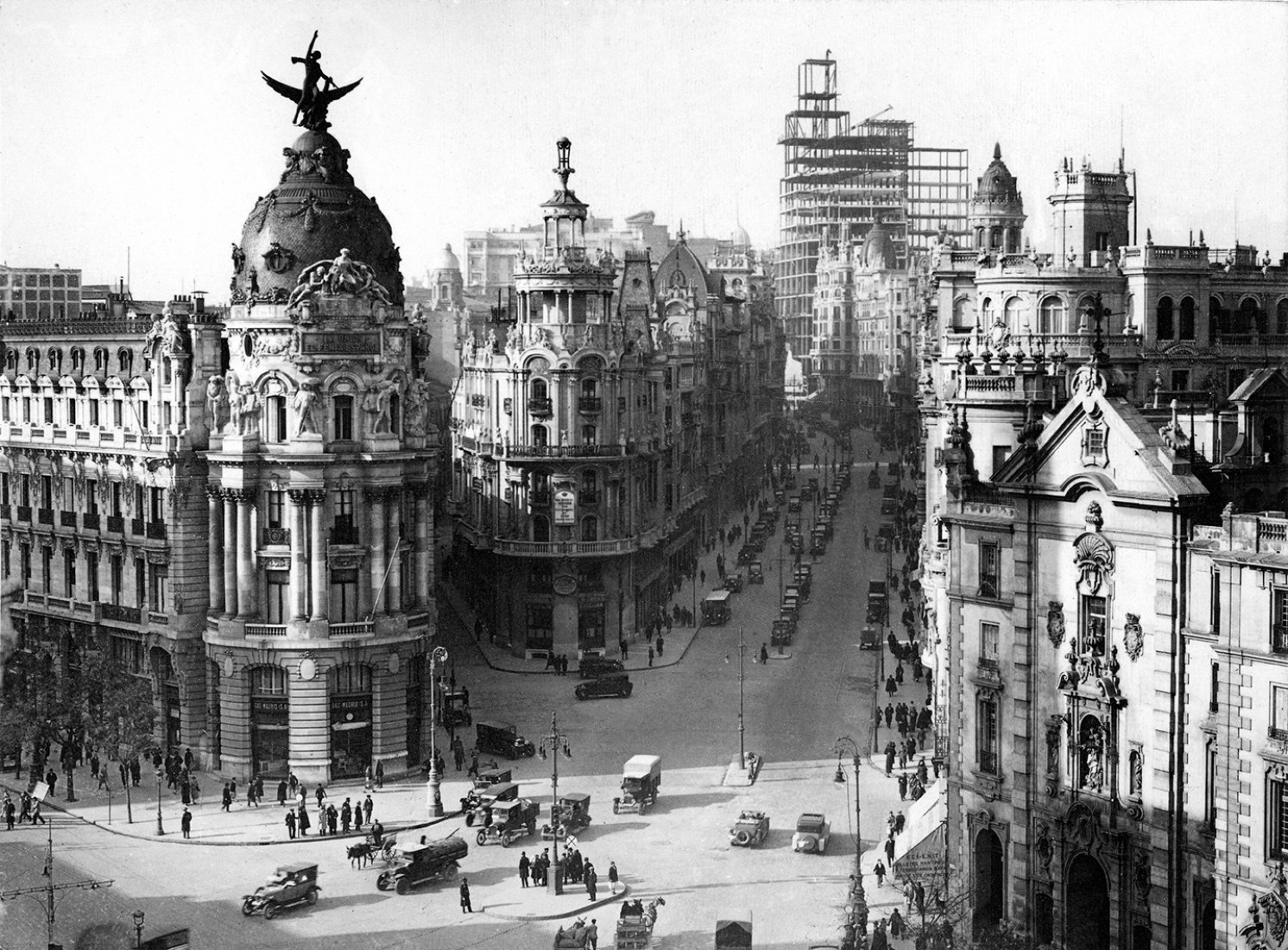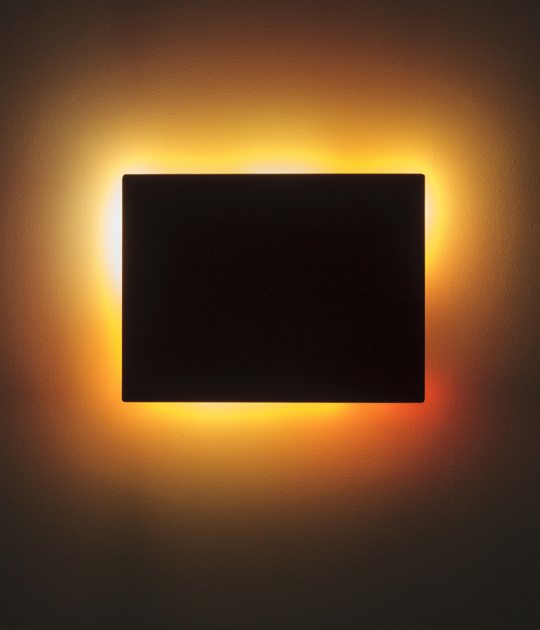This exhibition aims to discover the origin of Telefonica building, and especially to talk about the architect who devised, designed, built and took care of it, Ignacio Cardenas. A fearless architect who lost his own health in the building, "living in it in the war resisting the gunshots which couldn't bring it down."
The Telefonica building in Madrid's Gran Via has witnessed the passage of time since its construction began in the 1920s A building with the technology that later would build the Empire State Building in New York and which became the tallest building in Europe for a time.
Cárdenas, in addition to designing the headquarters of Gran Vía, was also the Section of Telefonica buildings head in the late 20s and 30s of the last century. Much of what it is reported is based on the 'Notes for my memories’ that Cardenas himself was writing over the years: memories, anecdotes, impressions ... and which his family has allowed to transcribed and used them as a guide to this exposition.
An interesting Ignacio Cárdena’s family snapshots selection, personal objects, sketchbooks and notes that extracts realize the life and work of pioneering architect. The exhibition is completed with magazines and graphic material from Telefónica archive.
Spanish 20’s
Ignacio de Cárdenas Pastor was born in Madrid in 1898, the year of the loss of Cuba. Second youngest of 16 siblings, while studying the architecture career was called up to fight in the war that Spain had with Morocco. In this moment of permanent political crisis in Spain he develops his youth. The race of Africa, the reign of Alfonso XIII, the dictatorship of Primo de Rivera ... An era that portends changes in the country, with a society with great differences. Anarchist movements are penetrating deeply into the humblest layers and army desperately tries to reunite the fragmented and polarized society.
In 1924, Cardenas gets his degree in architecture. That same year, in April, it is founded the National Telephone Company of Spain (CTNE). Created by the ITT with Spanish investors, just four months after the CTNE signs a contract with the state to reorganize, reform and expansion the national telephone service, until then divided between different companies of varying size and multiple ownership (private and public ). That's when Ignacio Cardenas gets an interview at Telefónica where they seek an architect, and joins the company.
The architect talks in his notes how in early 1926, Sosthenes Behn, president of the ITT- asks him who was the best Spanish architect for this project according to his thought. After giving several names, he quotes Juan Moya, who also had been recommended by the Duke of Alba. Cardenas’ former teacher, he has a recognized career and fame, besides being the architect of Palace. Moya finally obtained the commission and asked Cardenas to participate in the design as well. The building of the first, very baroque and ornate, did not convince the company, while the sketch of the second liked to Behn: "Soon Colonel Behn had decided that I would be the one to make the project Gran Vía" Cardenas writes.
Work begins
In October 1926, Telefónica building on the Gran Via work began following the construction system of American skyscrapers, its riveted steel beams skeleton was going up in Madrid. It ends in record time: in 1928, the center is ready to carry out the first transatlantic communication Madrid-New York, attended by King Alfonso XIII and senior leadership of ITT and CTNE.
The works officially end on January 1st, 1930. The headquarters of Telefónica, designed to "seduce the shareholder” as Sosthenes Behn wanted, amazes Madrid. The country's first skyscraper and the tallest building in Europe at the time of its construction will be the Telefónica headquarters since that.
The enlargement
The relationship between Cardenas and the building does not end with the Civil War. The enlargement carried out in the 50s is following the original project and finally in 1955 the building as it was designed rises in Gran Vía. A skyscraper, in an American bill way, "imposing, strong and majestic." And with its 89.30 meters overlooking the city of Madrid.
A building that was always filled with pride, as he wrote in his notes in 1970:
"Already 71 years! [...] After all these years, what a few things are remembered as something that made our heart beat strongly! I remember excited a few moments [...] perhaps the view of Madrid from the train in June 13th, 1944, when I returned from France with a cop rookie by my side .. and see my Telefónica that had held firm the disasters of war."
